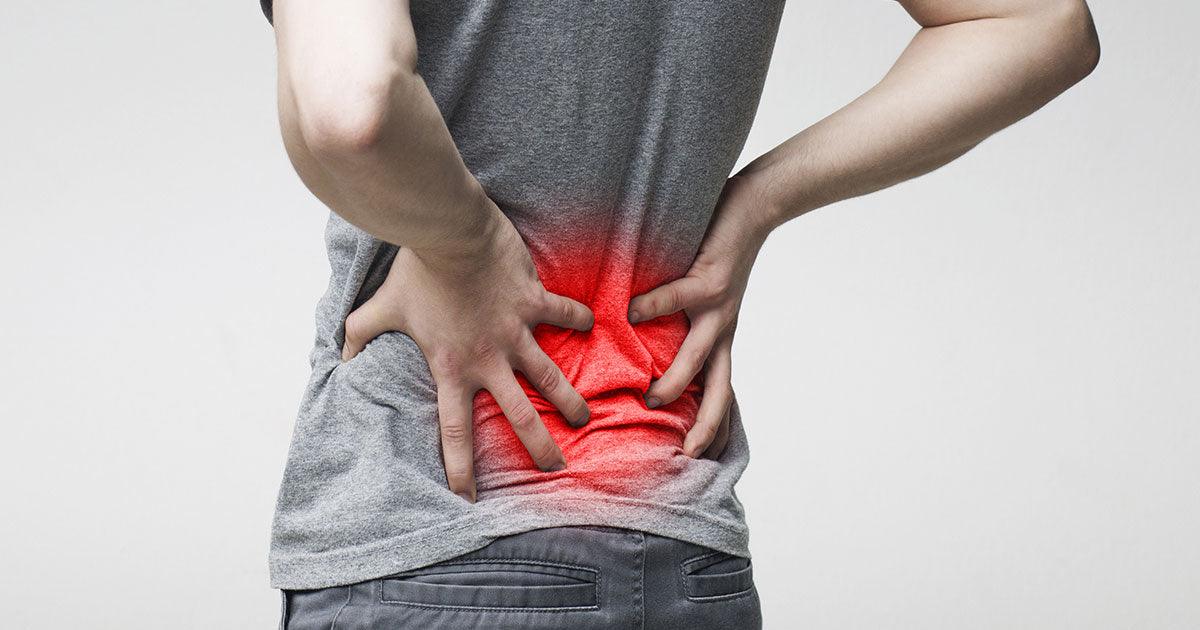Effective Non-Surgical Treatments for Back Pain
Back pain affects nearly 75% of people at some point in their lives. Understanding what back pain is, how it feels, and how to treat it can help you manage or prevent discomfort effectively.
What Is Back Pain? How Does It Feel?
Source: https://samerpainclinic.com/en/conditions-we-treat/back-pain/
Back pain is any soreness, stiffness, or aching felt anywhere from your neck to your hips. It can affect the muscles, ligaments, nerves, or bones in your back. Sometimes it starts suddenly after lifting something heavy or making an awkward movement; other times, it develops slowly over time (sometimes: years!).
How back pain can feel:
-
A steady, dull ache
-
Sharp stabbing pain in one spot
-
Stiffness making movement difficult
-
Pain that worsens with bending, lifting, or twisting
-
Pain that spreads to hips, buttocks, or legs
For some, it’s just a mild irritation; for others, it can be strong enough to limit daily activities.
What To Expect If You Get Back Pain?
In most cases, acute back pain improves on its own within a few days to a couple of weeks.
Applying heat wraps, taking medications such as ibuprofen, or using muscle relaxants can help ease the discomfort. Physical therapy may also speed up recovery.
If your symptoms persist for more than three months, it’s best to visit a clinic for further evaluation.
Back pain classification based on duration:
-
Acute: less than 1 month
-
Subacute: 1–3 months
-
Chronic: pain that comes and goes over six months
How To Relieve Chronic Back Pain?
There are surgical and non-surgical treatments to treat severe back pain. The non-surgical methods are way less invasive.
They include conventional methods like: physical therapy, Massage Therapy, Medical Acupuncture, Herbal Remedies, Lifestyle Modifications.
When the above methods don’t work, more effective non-surgical approaches to treating back pain are used. These are called “interventional procedures.”
Interventional procedures can be used both to diagnose and to treat persistent pain, especially when it has developed over years and hasn’t improved despite targeted exercise and physiotherapy.
Examples of interventional procedures include radiofrequency ablations, steroid injections, and spinal cord stimulation. These techniques use needles and imaging guidance to precisely target the problem area, causing minimal disruption to the surrounding tissues.
In simpler words:
Interventional procedures are more about addressing the root cause of back pain without surgery or long hospital stays — using fast treatments and allowing for a short recovery time.
To summarise:
-
Start with conservative treatments (exercise, meds, physical therapy).
-
If pain lasts >3 months or doesn’t improve, consider advanced non-surgical options.
-
Interventional procedures target the source of the pain without surgery, offering faster relief.
Back Pain Solutions for Athletes, Desk Workers, and Manual Laborers
Back pain affects everyone but needs tailored solutions based on lifestyle and occupational factors.
Back Pain Solutions for Athletes:
Athletes often face back pain due to muscle strains, overuse injuries, and high-impact movements that strain the spine. Addressing this requires a strong focus on core stability, proper warm-up and stretching routines, and recovery strategies such as physical therapy and sports massage. Ensuring correct technique through biomechanical assessment helps prevent reinjury and supports long-term spine health.
Back Pain Solutions for Desk Workers and Manual Laborers
Desk workers often get back pain from sitting too long and bad posture, while manual workers risk injury from lifting and standing a lot. Fixes include good workspace setup, regular breaks to move and stretch, and strengthening the back and core. Learning proper lifting and using support tools help prevent injuries in physical jobs.
Additional resources: check out guidelines from OSHA, and Harvard Health Publishing provide practical advice on ergonomics, safe lifting practices, and posture improvement to help reduce back pain in both office and labor-intensive environments.
Facts and Myths About Back Pain
|
Myth |
Fact |
|
Myth 1: Acute back pain usually turns into a long-term disability. |
Fact: Most people get better within a few weeks. About 90% feel better in 6 weeks, and only 7-10% have pain that lasts a long time. |
|
Myth 2: Back pain is mostly caused by serious diseases like cancer or infections. |
Fact: Only about 5% of cases come from serious diseases. Most back pain (95%) is from muscle, joint problems, sprains, or slipped discs. |
|
Myth 3: Wear and tear seen in back scans always cause back pain. |
Fact: Many people have changes in their spine seen on scans but don’t feel pain, especially after age 50. |
|
Myth 4: Bed rest helps patients recover from back pain. |
Fact: Staying active is better. Too much bed rest can make back pain worse. |
|
Myth 5: Surgery is often needed to fix back pain found on imaging. |
Fact: Surgery is needed for only few people and should be based on symptoms, not just scans. |
|
Myth 6: Long-lasting back pain is always caused by physical problems. |
Fact: Sometimes, long-term back pain can be linked to emotional or psychological issues, but only after physical causes are ruled out. |
Non-surgical Back Pain Treatment Near Me
When searching for a solution for your back pain in Amman, Jordan, you can consider the solutions we offer at our clinic, here
Source: https://samerpainclinic.com/en/procedures/back-pain/
You can read more in detail about the interventional procedures we offer to help you deal with back pain, here
Dr. Samer’s clinic specializes in root-cause pain management — same-day, fast treatment with short recovery, no opioids, no surgeries, no long hospital stays.
Booking your back pain treatment appointment in Amman – Jordan:
🗓️ Book your first session here: https://samerpainclinic.com/contact-us/
🗓️ Call us on +962790922204 or WhatsApp us here: https://wa.me/962790922204
Feel free to send your questions or concerns to our email here: [email protected]





